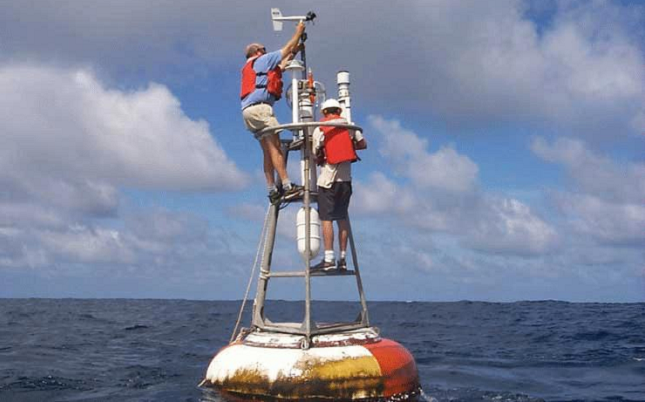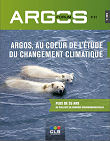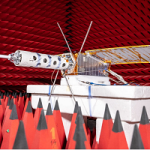← Back
Argos: an enabling technology for climate research

The arrival of Argos in the late 1970’s coincided perfectly with an exciting shift of emphasis in ocean and meteorological research. Single discipline studies were being replaced with a multi-discipline approach aimed at describing the physical processes that couple the oceans and atmosphere, as well as understanding the mechanisms behind them. Related research goals included improving the accuracy of medium range weather forecasting and increasing the understanding of the physical basis of climate.
Observational systems were an essential component of these research programs, as was demonstrated by the First GARP Global Experiment (FGGE), implemented in 1978 under the joint WMO and ICSU Global Atmospheric Research Program (GARP). The FGGE observing system included, for example, the Southern Hemisphere (drifting) Buoy System and the Tropical Constant Level Balloon System. These observing systems supplied sea-level SST/ air pressure measurements and upper level wind measurements respectively. The capability of Argos to not only collect data in near real time but to also geo-locate remote platforms made it an excellent choice for data retrieval from the many hundreds of buoys and balloons deployed in FGGE. Argos supported these observing systems very successfully for the year-long FGGE observing period, and thus began an historic, multi-decadal legacy of serving the met-ocean research community with satellite-based operational data collection and location services.
The First World Climate Conference (1979) provided the momentum for the programmatic transition of GARP into the World Climate research Program (WCRP). From its beginning, the WCRP made outstanding contributions towards advancing climate science and ocean-atmosphere interaction. Most notably these included the Tropical Ocean Global Atmosphere (TOGA) Program and the World Ocean Circulation Experiment (WOCE). Driven by these large-scale global climate science programs the available in-situ observational technology became increasingly more capable and sophisticated. Argos kept pace in the 1980’s and 1990’s with these evolving measurement capabilities and data requirements, and continued to provide reliable operational data collection and location services during that time for virtually all of the WCRP in-situ observational systems: Shipboard XBTs, Drifting Buoys, Tropical Moored Buoys (ATLAS-TAO), Long Time Series Stations, and Arctic/ Antarctic Ice Buoys.
Then, in the early 2000’s, Argos partnered with the WMO Joint Technical Commission for Oceanography and Marine Meteorological (JCOMM) Services in order to strengthen the base of Argos services and contributions to the research and operational communities. Today, 37 years after FGGE began, Argos is still a strong partner with the ocean climate community. Argos is serving both the international Argo Program and the Global Drifter Program by providing communications and GTS data processing services for 60% of the 3881 currently active Argo profiling floats and for 72% of the 1468 currently active GDP drifting buoys.
Learn more:
Follow us on:


